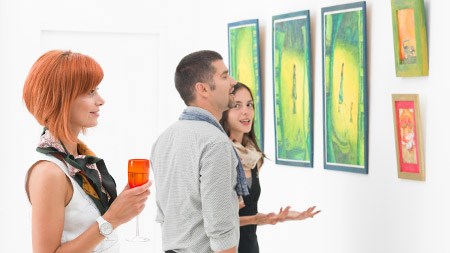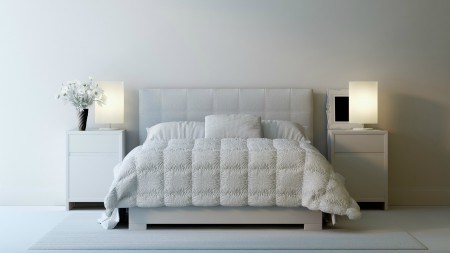Dos and don'ts when making an art purchase for your home.
Do your research
Attend auctions even if you are not buying and get the input of trusted and independent art experts. "Compare prices by visiting exhibitions at galleries and auction houses. Make sure the artist is recognised by reputable galleries," says Bedford. Strauss & Co subscribes to all the different art indexes and is able to interpret these metrics. Their doors are always open to give advice, but there is no substitute for doing the rounds, talking to artists and people who determine the art discourse.
Set parameters for yourself
"Choose a subject to specialise in – you can’t know everything. Don’t choose 'South African art' as a subject. Narrow it down to South African artists of the 80s and create some rules for yourself. Then break the rules," says Read. Buy what you love "Buy what gives you pleasure, by all means, but push yourself. Don’t play it safe. When is comes to price, size and subject matter, be daring and continually push the boundaries," Read advises. "The more esoteric you are, the more likely you will be to find a field that is not overtraded."
Become a scholar
"Don’t be a lemming. Investigate, educate yourself and behave like a custodian, not an owner. Too many people collect for the wrong reason – that art is deemed to be a good investment," says Johannesburg art dealer Warren Siebrits. "There is a deeper goal to collecting art and that is to preserve a cultural legacy. Just think of an artist like Wopko Jensma, whose work will never fetch A-list prices, but who made an important contribution to advancing the cultural debate in the 50s and 60s. A bit of study would reveal that an important artist like Walter Battiss admired his work and illustrated a book of his poems. Therefore, buying a Jensma work would help to keep his legacy alive."
Think long term
Art often becomes an investment in hindsight. Read tells the story of the Andy Warhol print he sold for R23 000, which is now worth ‘upwards of a million dollars’. "There are people who bought a Hylton Nel plate every now and then for R600. Now those plates are worth R10 000. If you had collected 20 or so plates, you would have a substantial collection."
Avoid fashions and fads "Most serious collectors see work that they fall in love with and buy it even though they do not have the budget. I am very much against the herd mentality in art buying; I am not interested in the trends or the fads. Don’t buy 'trophy' works. Rather buy one good work by a lesser known artist than a bunch of mediocre works by well-known artists," advises Viljoen.
Don’t speculate
"Most serious collectors have a passion for art – not for money - from the beginning," says Viljoen. "The ladies with all the Irma Sterns did not buy them and say, 'I want to make a killing in 60 years.' Art collecting can be a compulsion or an addiction. So if you are hoping to compete in this highly competitive environment, best you do it with integrity!"
Should you get a consultant or art advisor?
International art dealer and owner of Knysna Fine Art, Trent Read says some collectors like to find an advisor they click with and work exclusively with them, while others prefer not to have their taste filtered through someone else’s brain. "It is more rewarding in the long run if you do it yourself… like investors who work without a stockbroker."
Success, of course, depends on your knowledge. "Art is a language like any other and the more you learn, the better your decisions will be." Deon Viljoen of Deon Viljoen Fine Art in Stellenbosch believes all good collections are based on strong relationships with a dealer or dealers. "The market is so vast and so complex, and there is so much to like, that a collector can’t keep up. If you trust your dealer’s vision and taste he or she will cut out a lot of rubbish for you."
There are two art markets, the primary and the secondary market. The primary market sells works for the first time after an artist releases them. "The primary and secondary markets are very different," says Emma Bedford, senior art specialist at auction house Strauss & Co. As former head of art collections at Iziko South African National Gallery and former director of the Goodman Gallery Cape, she is eminently qualified to comment on both markets.
"Galleries determine the prices at which an artist’s work will be sold at exhibition and this is based on a number of factors, including the artist’s profile, production costs and gallery commission, which can be around 40 to 50%."
The secondary market is when a work is resold, either privately or by an auction house. "Auction houses generally charge lower commissions and are more objective as they do not represent any of the artists." Strauss & Co also has an advisory service, does walkabouts of preview exhibitions, lectures and smaller gatherings to help prospective collectors. "You must do your homework and balance this with the opinions of art specialists. When you buy a work in the primary market, ask them how you would resell it and who would buy it."
When buying very large works, works from fragile material that can be damaged, odd shaped works and site-specific works, as yourself how you would move them and how they will stand up to the elements over time. And how you would resell them.





